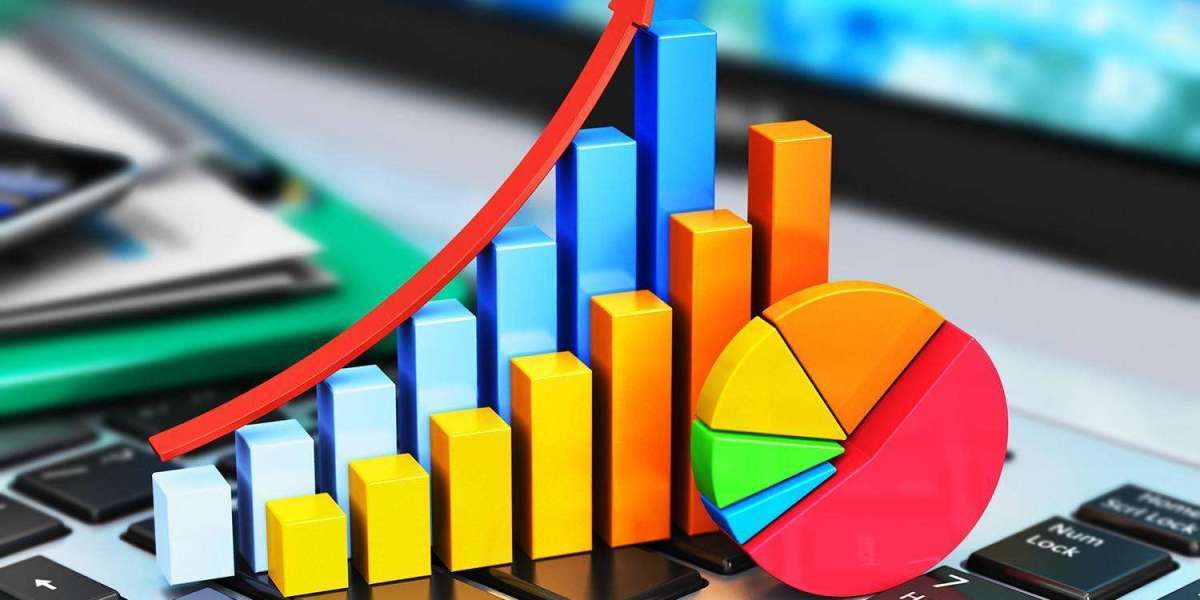In an era defined by technological innovation and digital transformation, the art world has witnessed a revolution in creative expression through digital artworks. From digital paintings to interactive installations, digital art encompasses a diverse range of artistic practices that challenge conventions, blur boundaries, and redefine the possibilities of artistic creation. Let's delve into the realm of digital artworks, exploring their evolution, impact, and significance in contemporary art.
Evolution of Digital Art
The emergence of digital art can be traced back to the advent of digital technologies, computer graphics, and software tools that enabled artists to explore new mediums, techniques, and artistic possibilities. Key milestones in the evolution of digital art include:
- Early Computer Art: In the 1960s and 1970s, artists such as Harold Cohen, Vera Molnár, and Frieder Nake pioneered computer-generated art using early mainframe computers and programming languages. These early experiments laid the foundation for digital art as a distinct artistic discipline.
- Digital Imaging: The development of digital imaging software in the 1980s, such as Adobe Photoshop, revolutionized image manipulation and digital collage techniques. Artists began exploring digital painting, photo manipulation, and composite imagery, blurring the lines between traditional and digital mediums.
- Interactive Art and New Media: The rise of interactive technologies, multimedia platforms, and the internet in the 1990s and early 2000s gave birth to new forms of digital art, including interactive installations, net art, video art, and virtual reality experiences. Artists like Nam June Paik, Jenny Holzer, and Rafael Lozano-Hemmer embraced digital technologies to create immersive and participatory artworks.
- Generative Art and Algorithmic Creativity: The concept of generative art, where algorithms and computational processes generate artworks autonomously or in collaboration with artists, gained prominence in the digital art scene. Artists like Casey Reas, Refik Anadol, and Manfred Mohr explored algorithmic creativity, data visualization, and artificial intelligence in their works.
Types of Digital Artworks
- Digital Paintings and Illustrations: Artists use digital tools such as drawing tablets, styluses, and software like Adobe Illustrator or Corel Painter to create paintings, illustrations, and graphic designs digitally. Digital paintings offer a wide range of styles, from realistic portraits to abstract compositions, with the advantage of infinite possibilities for experimentation and revision.
- 3D Modeling and Animation: Digital artists and animators employ 3D modeling software like Blender, Autodesk Maya, or Cinema 4D to create three-dimensional models, animations, visual effects, and virtual environments. The versatility of 3D modeling enables artists to craft lifelike characters, dynamic animations, and immersive worlds for various applications, including films, games, and virtual reality experiences.
- Digital Photography and Manipulation: Photographers utilize digital cameras, editing software like Adobe Lightroom and Photoshop, and digital manipulation techniques to capture, enhance, and manipulate photographic images. Digital photography allows for precise control over composition, lighting, color grading, and creative effects, expanding the possibilities of photographic expression.
- Interactive Installations and New Media Art: Artists working in the realm of interactive art and new media create immersive installations, multimedia experiences, and interactive narratives using technologies such as sensors, projections, soundscapes, and interactive interfaces. These artworks engage viewers on multiple sensory levels, inviting participation, exploration, and reflection.
Impact and Significance of Digital Art
- Democratization of Art: Digital technologies have democratized access to artistic tools, education, and distribution platforms, empowering artists from diverse backgrounds to create and share their works globally. Online communities, social media platforms, and digital galleries provide visibility and networking opportunities for digital artists, fostering a more inclusive and diverse art ecosystem.
- Innovation and Experimentation: Digital art encourages innovation, experimentation, and interdisciplinary collaboration, blurring the boundaries between art, technology, science, and culture. Artists embrace emerging technologies, coding languages, and digital tools to push the boundaries of artistic expression, explore new concepts, and address contemporary issues.
- Accessibility and Preservation: Digital art offers accessibility and reproducibility, allowing artworks to exist in digital formats, be shared online, and accessed remotely by audiences worldwide. Digital preservation techniques ensure the longevity and conservation of digital artworks, mitigating concerns about degradation or loss over time.
- Engagement and Interactivity: Interactive digital artworks engage viewers in dynamic and participatory experiences, fostering active engagement, dialogue, and interaction. Virtual exhibitions, augmented reality installations, and online platforms enable immersive encounters with digital art, transcending physical constraints and reaching diverse audiences.
Challenges and Opportunities
While digital art presents exciting possibilities and opportunities for artistic innovation, it also poses challenges and considerations for artists, collectors, institutions, and the art community:
- Technological Dependence: Digital artists navigate challenges related to software compatibility, hardware limitations, digital obsolescence, and cybersecurity risks. Ensuring compatibility, data backup, and cybersecurity measures are crucial for the integrity and longevity of digital artworks.
- Ownership and Authenticity: Issues of ownership, authenticity, and copyright protection in the digital realm require clear guidelines, digital rights management systems, and ethical practices to safeguard artists' intellectual property rights and prevent unauthorized use or replication of artworks.
- Market Recognition and Valuation: The art market continues to grapple with questions of valuation, provenance, and market recognition for digital artworks. Establishing standards, platforms, and valuation methods specific to digital art can enhance market transparency, credibility, and investment potential.
- Digital Divide and Inclusivity: Bridging the digital divide, addressing access barriers, and promoting inclusivity in digital art creation, education, and distribution are ongoing challenges. Initiatives to promote digital literacy, mentorship programs, and diverse representation in digital art contribute to a more equitable and accessible art ecosystem.
Conclusion
Digital artworks represent a dynamic and transformative force in contemporary art, harnessing digital technologies, creativity, and innovation to redefine artistic expression and engagement. From digital paintings to interactive installations, digital art encompasses a vast spectrum of artistic practices that reflect the evolving relationship between art, technology, and society. As digital art continues to evolve and resonate with audiences globally, it invites us to explore new realms of imagination, creativity, and cultural dialogue in the digital age.







